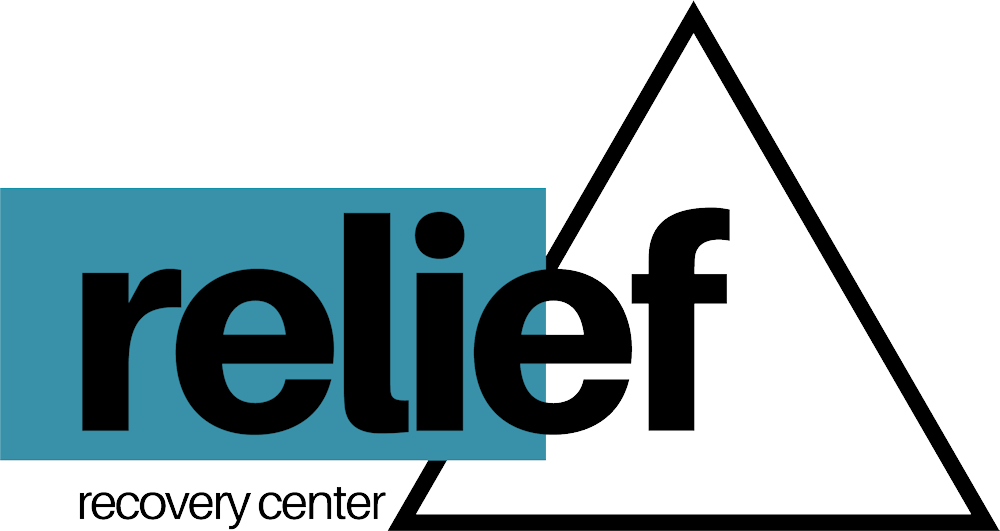Recovery from addiction is a challenging journey that requires a holistic approach, encompassing the mind, body, and spirit. Two often overlooked but vital components of this journey are nutrition and exercise. This post will delve into the essential role that proper nutrition and physical activity play in the addiction recovery process.
The Importance of Nutrition in Recovery
Substance misuse often leads to nutrient deficiencies and a weakened immune system due to poor dietary habits and the direct impact of substances on the body’s ability to absorb nutrients. Alcohol, for example, can cause vitamin B deficiency and damage to the liver, a crucial organ for nutrient metabolism.
During recovery, nutrition plays a key role in physical health restoration. Adequate protein intake helps repair organs damaged by substance misuse, while complex carbohydrates provide energy needed for daily activities and therapy sessions. Essential fats contribute to brain health, vitamins and minerals support immune function, and adequate hydration aids in the overall function of the body.
Additionally, certain nutrients may help manage withdrawal symptoms. For instance, studies suggest that vitamins C and E, omega-3 fatty acids, and a few selected amino acids may help reduce withdrawal symptoms and cravings.
The Role of Exercise in Recovery
Exercise is another important tool for a successful recovery. Regular physical activity stimulates the production of endorphins, chemicals in the brain that act as natural painkillers and mood elevators. This “feel-good” effect can help manage withdrawal symptoms and reduce cravings.
Moreover, exercise can aid in establishing healthy routines, improving self-esteem, reducing stress and anxiety, improving sleep, and promoting overall wellbeing. All these factors play a role in preventing relapse. A 2011 review in Mental Health and Physical Activity found that physical exercise can prevent substance use disorders and be a beneficial addition to addiction treatments.
Blending Nutrition and Exercise into the Recovery Process
A successful recovery program should incorporate both nutrition and exercise. Here are a few tips to do so:
Personalized Diet Plans
Everyone’s nutritional needs are different. An individualized plan created by a dietitian or nutritionist can ensure a balanced diet that meets specific recovery needs.
Here’s an example of a balanced daily meal plan:
- Breakfast: Whole grain toast with avocado and a hard-boiled egg, coupled with a piece of fruit like an apple or a banana.
- Lunch: Grilled chicken or tofu salad with lots of colorful vegetables and a dressing of olive oil and lemon.
- Snack: A handful of nuts and seeds, or Greek yogurt with some berries.
- Dinner: Baked salmon or lentils with quinoa, steamed broccoli, and a side of sweet potatoes.
Remember to stay hydrated throughout the day with water, herbal teas, or infused water.
Regular Exercise
Exercise aids addiction recovery by stimulating the production of endorphins, promoting a positive mood, reducing stress and anxiety, and improving overall wellbeing. Moreover, physical activity helps establish routine and improves self-esteem, all of which can significantly reduce the likelihood of a relapse.
A mix of aerobic activities (like running, swimming, or cycling), strength training, and flexibility exercises can be beneficial. It’s important to start slow, gradually increasing intensity and duration, and to find activities that are enjoyable to ensure sustainability.
A sample daily routine could look something like this:
- Morning: Start your day with some stretching or yoga to wake up the body gently. This can be as short as 10 minutes.
- Mid-Morning: Engage in some form of aerobic exercise like a brisk 30-minute walk, a bike ride, or a swim.
- Afternoon: Incorporate strength training activities, such as resistance bands or body weight exercises like push-ups or squats.
- Evening: Wind down with a gentle activity such as walking or a restorative yoga session to prepare the body for sleep.
Exercise At Home: An Accessible and Flexible Option
While joining a fitness center or engaging in outdoor sports is a fantastic way to maintain a regular exercise routine, it’s also perfectly feasible to achieve the same benefits by exercising at home. With the prevalence of online platforms offering guided workout sessions, you can now exercise at your own pace and in the comfort of your own home.
Online fitness videos provide a broad range of exercises suitable for various fitness levels. Whether you’re a beginner starting your journey or an experienced fitness enthusiast, there’s something for everyone. They also allow for flexibility in your schedule, giving you the ability to exercise at any time that suits you. Furthermore, these virtual workouts require minimal equipment, making them a cost-effective choice.
Here are a few recommendations for at-home exercise videos:
- FitnessBlender: FitnessBlender provides hundreds of free workout videos ranging from strength training and HIIT to Pilates and Yoga. The videos are categorized by length, difficulty, and whether equipment is needed, making it easy to find the right workout for you.
- HASFit: HASFit offers over a thousand free workouts on their YouTube channel, including beginner workouts and low impact exercises that are easy to do at home. Their motto is, “it doesn’t matter where you start, only that you begin.”
- Yoga With Adriene: Adriene Mishler’s YouTube channel is a goldmine for yoga enthusiasts of all levels. She offers a wide variety of yoga flows and has an entire playlist dedicated to yoga for beginners.
- POPSUGAR Fitness: POPSUGAR Fitness provides fresh fitness tutorials, workouts, and exercises that will help you on your path to a healthier living, weight loss, and stress relief.
Remember, while these resources provide a great starting point, it’s crucial to listen to your body and pace yourself. And of course, if you can, get professional advice to ensure the exercises you’re doing are safe and suitable for your level of fitness.
By leveraging the power of technology and the internet, anyone can embark on their fitness journey from home, making the path to recovery accessible to all. This serves as another testament to the holistic approach in addiction treatment that promotes peace of mind, strength of body, and fulfillment of spirit, right from your living room.
Education
Learning about the benefits of proper nutrition and regular exercise can motivate individuals in recovery to stick to healthy habits.
In both human and animal studies, researchers have demonstrated the protective effects of exercise in substance misuse. Exercise serves as a positive reinforcer that activates neurotransmitters similar to an abused substance. This allows exercise to provide an alternative focus bringing numerous benefits to treatment programs. However, it should be noted that for optimal long-term sobriety, exercise is most effective when combined with other evidence-based therapies.
Crucially, exercise aids in decreasing cravings and minimizing withdrawal symptoms. Research indicates that exercise effectively helps control cravings and mitigates withdrawal symptoms during and after the activity. When exercise becomes part of a regular routine, these benefits persist. A meta-analysis of exercise research concluded that both aerobic and mind-body exercises, such as yoga or tai chi, attenuate withdrawal symptoms and alleviate anxiety. Importantly, these benefits applied regardless of the intensity of the exercise.
As a strategy for continued recovery, exercise is powerful in preventing relapse. By fostering a new, healthier lifestyle, exercise has lasting impacts, such as enhancing cardiorespiratory fitness and inducing changes in brain structure and functioning. Exercise activates chemical cascades through its positive effects on neurotrophic growth factors, promoting healing within the brain. It also alleviates symptoms of anxiety and depression, providing a new, healthier focus for individuals in recovery.
Novel treatment programs based on these research findings facilitate sustained engagement, tapping into the full potential of exercise as a powerful intervention in addiction recovery. Used strategically to address the damage caused by substance abuse, exercise can be a game-changing supplement to conventional therapies and counseling, offering a significant advantage. As a potent treatment intervention, exercise has the potential to repair the brain, discipline the body, and challenge the spirit.
Embracing a Holistic Approach in Addiction Treatment
In the best-case scenario, substance abuse treatment will nourish and restore the individual holistically – body, mind, and spirit. To gain maximum benefit from the recovery experience, it is beneficial to seek a treatment center that prioritizes a holistic recovery approach.
Emphasizing the importance of nutrition and clean eating, addiction treatment can utilize the social aspects of meal preparation and dining as healing strategies. This can bring individuals together over healthy and enjoyable meals, fostering a sense of community and shared purpose.
When exercise is incorporated into the recovery plan, it serves as a proactive tool to stimulate the restructuring and healing of the brain. This activity, which builds muscles and strengthens bones, also increases resilience, boosts confidence, and reinforces self-discipline. By underlining these crucial and accessible assets, treatment centers can help individuals in recovery to recognize and appreciate the tools within their reach.



